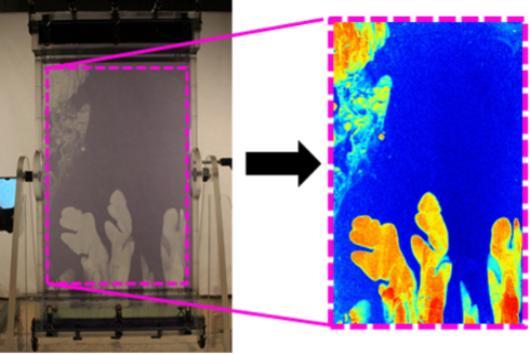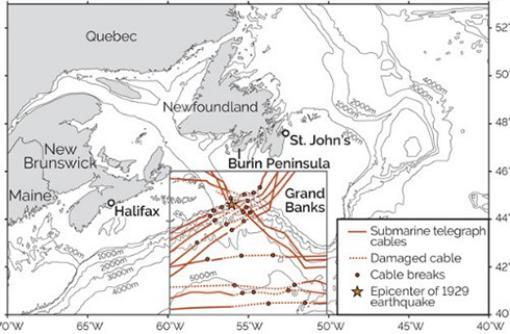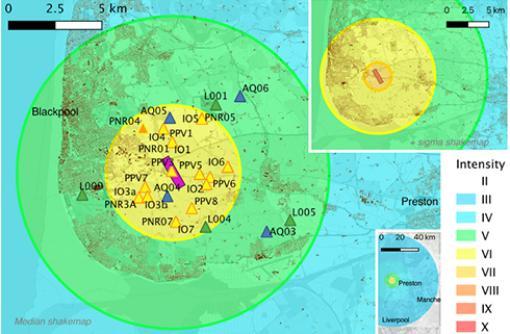Geohazards & tectonics
A challenge to today’s society is how to deal with natural hazards such as earthquakes and volcanoes that arise from the tectonic evolution of the planet.
This theme addresses this topic in an interdisciplinary manner, with the integration of field, laboratory and modelling insights feeding into our knowledge and understanding of the fundamental aspects of these key earth processes, as well as how this information can be used to mitigate their effects.
Analogue Modelling
Understanding volcanic hazards must involve understanding the whole plumbing system not just the volcanic expression at the surface. Projects in the MAGMA Laboratory focus on mechanisms of magma movement below ground. They include analogue experiments, which use mixes of substances that replicate the properties of interacting magma and rock. A mathematical foundation allows the results to be scaled to geological materials, and length and time scales. The projects link such investigations to field data and mathematical models.

Contact: Janine Kavanagh
Present day sedimentary processes
Present day sedimentary processes, such as giant submarine landslides, pose hazards to societal infrastructure. For example, the 1929 Grand Banks Submarine Landslide severed seafloor cables used for transatlantic communication, and caused a tsunami. Our current research addresses questions around the morphology and emplacement processes of such landslides, which will allow us to better identify older slides in the sedimentary record and better determine how hazardous newly developing ones will be.

Contact: Christopher Stevenson
Earthquakes
Earthquakes pose one of the most significant natural risks to people and infrastructure. We focus on understanding, modelling and quantifying ground shaking from earthquakes, such that effective mitigation (whether policy, or engineering design) can be put in place. A focus of our work is on low-probability high-consequence events, where data availability is typically sparse. Applications include the development of physical earthquake models for ground motion simulation at safety-critical sites, such as nuclear power stations (examples include UK, Spain and South Africa); through to the modelling of induced seismicity risk due to subsurface activity (such as geothermal, CCS, gas). Project SEISGREEN, a consortium across several prestigious UK universities, aims to solve the problem of induced seismicity risks to the green energy transition.

Contact: Ben Edwards